Lisbon is beloved for its canary-yellow streetcars, delicious food, tile-covered buildings, and gorgeous viewpoints.
But there’s more to Lisbon than meets the eye, and this guide to the crucial things to know before visiting Lisbon for the first time will lay it out for you.
I’ve been to Lisbon twice and my ex-partner used to live there and brought me around the city, so I know the city well.
However, this post is brought you to by a true Lisbon local, Marco Santos, who will truly lead the way on the best way to visit Lisbon.
Below are his tips for visiting Lisbon, as written by a local expert.
Table of Contents
Practical First Time in Lisbon Travel Tips
1. When to visit Lisbon?
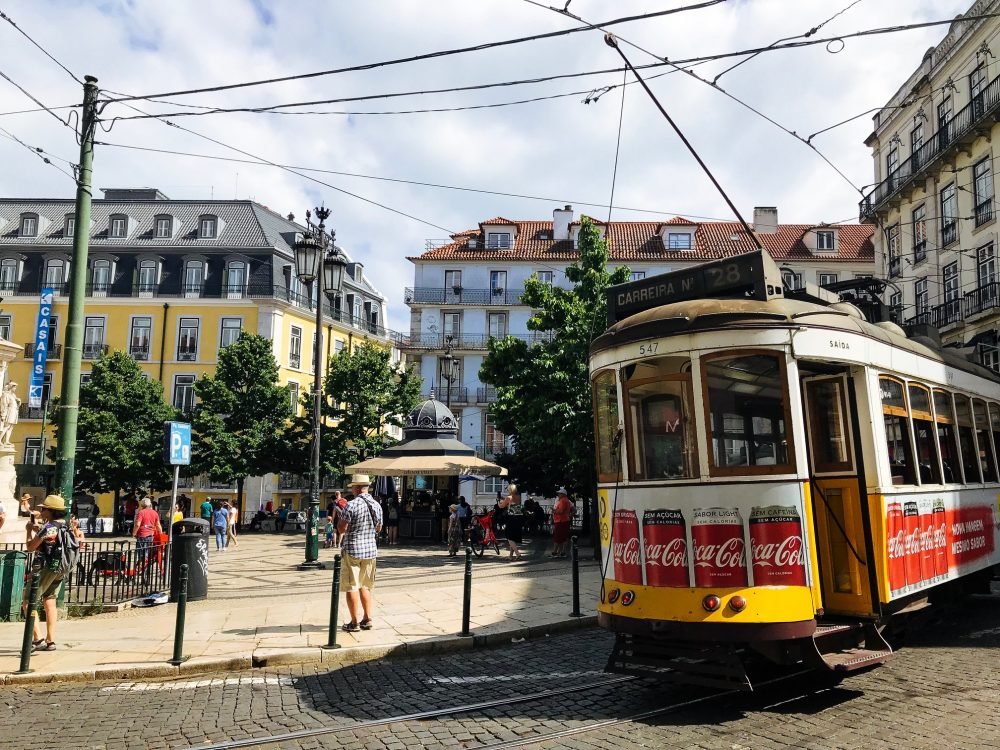
Set at the edge of Western Europe, Lisbon enjoys almost year-round sunshine and some of the best weather compared to the rest of Europe, making it a great all year destination to visit.
Peak travel season in Portugal is generally during the months of July & August, which also happens to be Lisbon’s hottest months. This is also the time of year when accommodation and travel prices do tend to peak.
Although winter in Lisbon is far milder than the rest of Europe and the Christmas market season in Lisbon is well worth experiencing, the winter months do tend to be the rainy season.
If visiting between the months of February and April, you are far more likely to encounter rain than any other month.
Personally, I love the months of May & June or from mid-September through to October.
2. How long to visit Lisbon?
Whilst Lisbon may not be the largest of European cities, there is still so much to see and do both in and surrounding Lisbon.
In order to start scratching the surface of this incredible city, I would recommend you spend at least a minimum of 3 to 4 nights or more in Lisbon. You will honestly not get bored easily here, even if staying for a full week.
However, if you have one day or two days in Lisbon, you can still see a lot if you follow the right itinerary (hint: it’s ours!).
3. Where to stay in Lisbon?
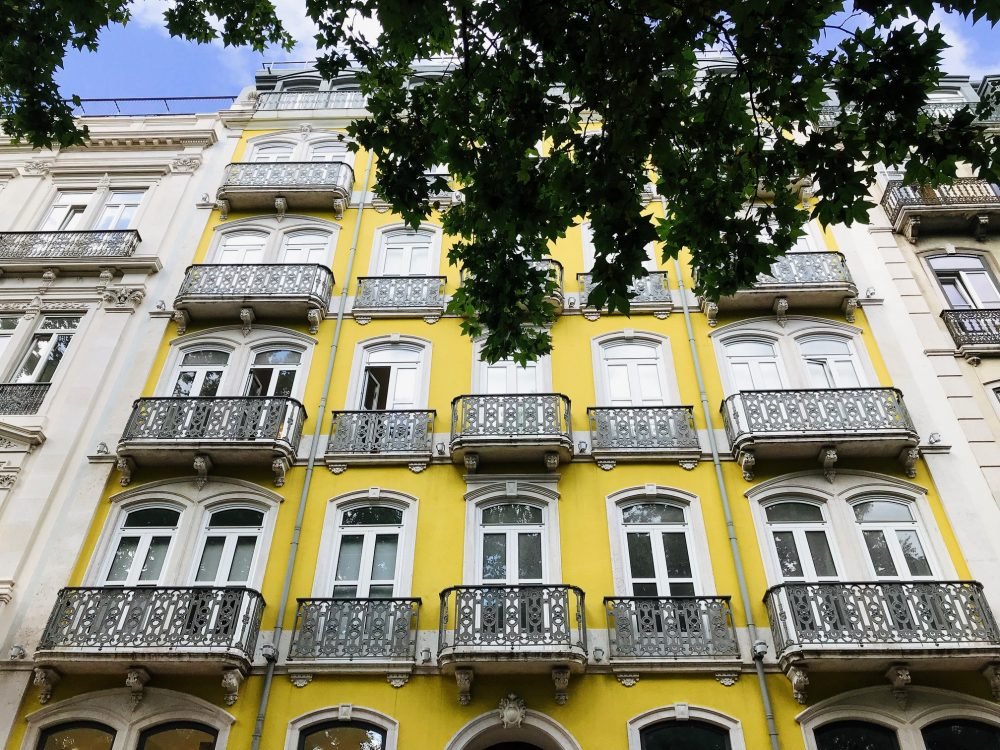
In order to be smack bang in the center of all the action, I always recommend that travelers consider staying central in the areas around Chiado, Baixa, Rossio, Principe Real, or even along the gorgeous tree-lined avenue of Avenida Liberdade.
Avenida Liberdade is far less crowded and touristy but still an easy walk into downtown Lisbon. Whereas trendy Chiado, Baixa, and the area around Rossio is pretty much the heart of downtown Lisbon.
Regardless of which of these areas you choose to base yourself in, there is an amazing selection of good quality, well-priced accommodation in all of these areas, to suit all preferences and budgets.
4. Getting around in Lisbon?
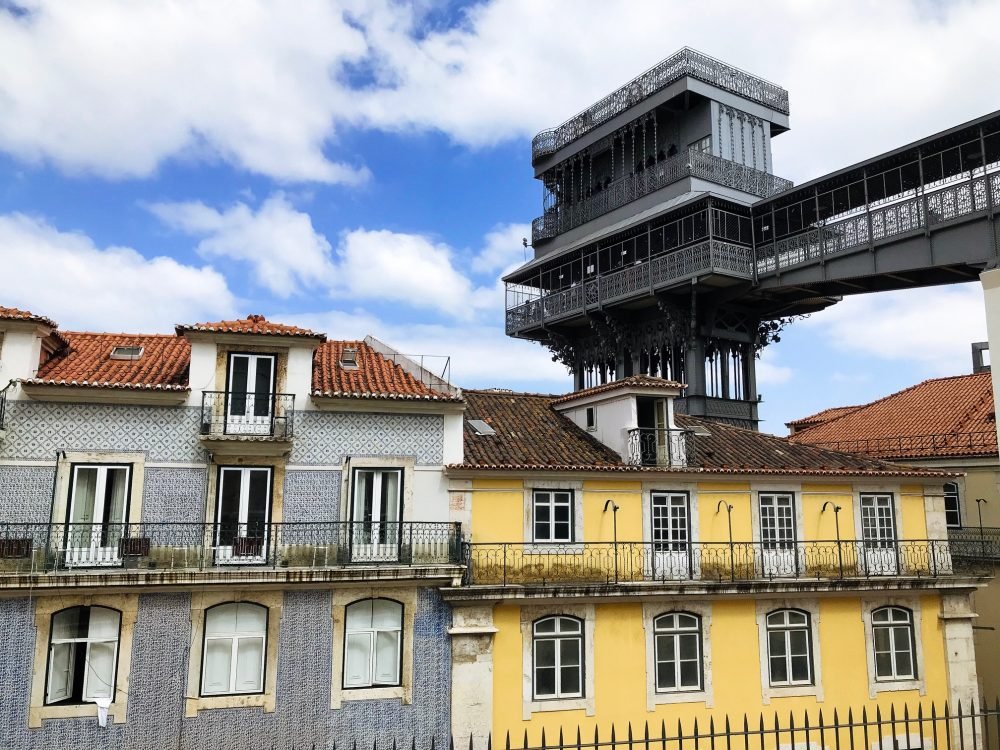
Being a relatively small and compact city, Lisbon is super easy to get around in…. no need to rent a car if you’re just visiting Lisbon!
If you’re staying central to downtown Lisbon, you can easily get by on foot when exploring all the top sights and attractions in Lisbon.
But Lisbon also has a fantastic public transport system, including a metro line that connects various parts of the city.
At present, a one-way metro journey costs only €1.34 and you’re able to purchase a reusable transport card for €0.50, onto which you can top up funds in order to make use of the metro.
Lisbon also has a number of different cab-hailing services in operation. These include Uber, Bolt, and Kapten, to name a few.
If you’re traveling as a group of 2 or more, it may in fact work out cheaper to make use of these cab services compared to paying for individual metro tickets.
Note: Lisbon is known as the city of seven hills and can get incredibly steep and hilly in certain areas. Travelers with mobility issues should plan carefully when visiting Lisbon.
Also make sure to pack comfortable walking shoes with a good grip as the cobbled streets can get slippery, especially when wet.
5. Is English widely spoken in Lisbon?
Most Portuguese, and even more so in the larger cities such as Lisbon, do speak fluent English, which makes traveling in Lisbon and Portugal in general a breeze.
In saying this, it wouldn’t hurt for you to learn a couple of key Portuguese phrases and greetings, which is always welcomed by the locals. But, they will no doubt switch into English soon after realizing you are a visitor who doesn’t speak the Portuguese language.
6. Paying with credit cards in Lisbon
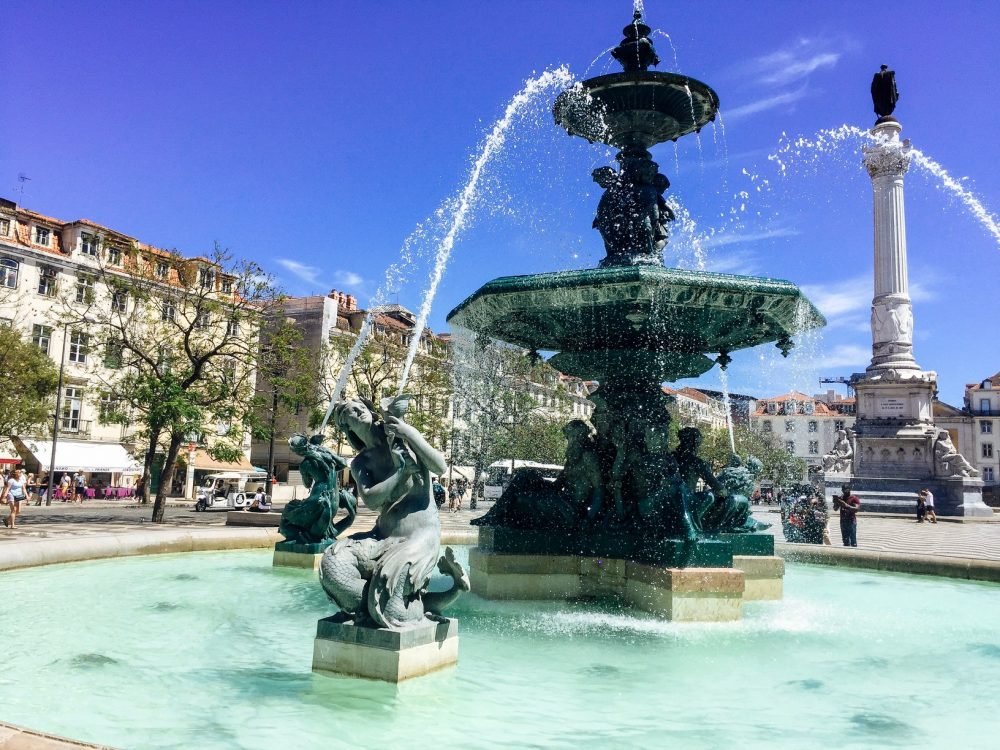
When visiting Portugal, you may wonder whether local restaurants and shops would accept only card or cash. Well, the answer is both, really.
Typically, larger shops and restaurants do accept cards although some may only accept local cards and may decline your international card. This is due to the higher merchant fees the provider will pay to process on an international debit or credit card.
Some shops and restaurants also impose a minimum limit of €5 before accepting any card as payment, whereas others may indicate that they only accept cash.
It really is a mixture and as such it’s always good to carry a mix of both card and cash when visiting Portugal.
7. Using ATMs in Portugal
Whilst on the subject of card payments, you will find plenty of ATMs / Cash Withdrawal Machines all over Lisbon. But beware! Whenever you withdraw money, make sure to use the local ATMs named Multibanco. These are the official ATMs in use throughout the country.
ATMs such as the lesser-known (but omnipresent) Euronet ATMs will charge you a fee to withdraw funds, so it’s best to avoid these at all costs.
8. Hotel tourism tax

Lisbon has a local municipal tourism tax that is applied to any hotel/accommodation stay in the city. As of 2019, this cost was set at €2 per night, up to a maximum of €14 per stay.
This charge only applies to travelers over the age of 13 and is usually payable directly at the hotel upon check-out.
9. Tipping in restaurants in Lisbon
Generally speaking, tipping in restaurants isn’t compulsory. Given that all companies are obliged to pay their staff a minimum wage by law, most waiters and waitresses do earn a basic salary.
In saying this, do bear in mind that the minimum wage in Portugal is really low (and the cost of living for locals is rather high), and a small tip would definitely be appreciated.
Also, when the service at a restaurant is particularly exceptional, then I would absolutely leave a tip too.
Tips for Making the Most of Lisbon
10. What to eat and drink in Lisbon
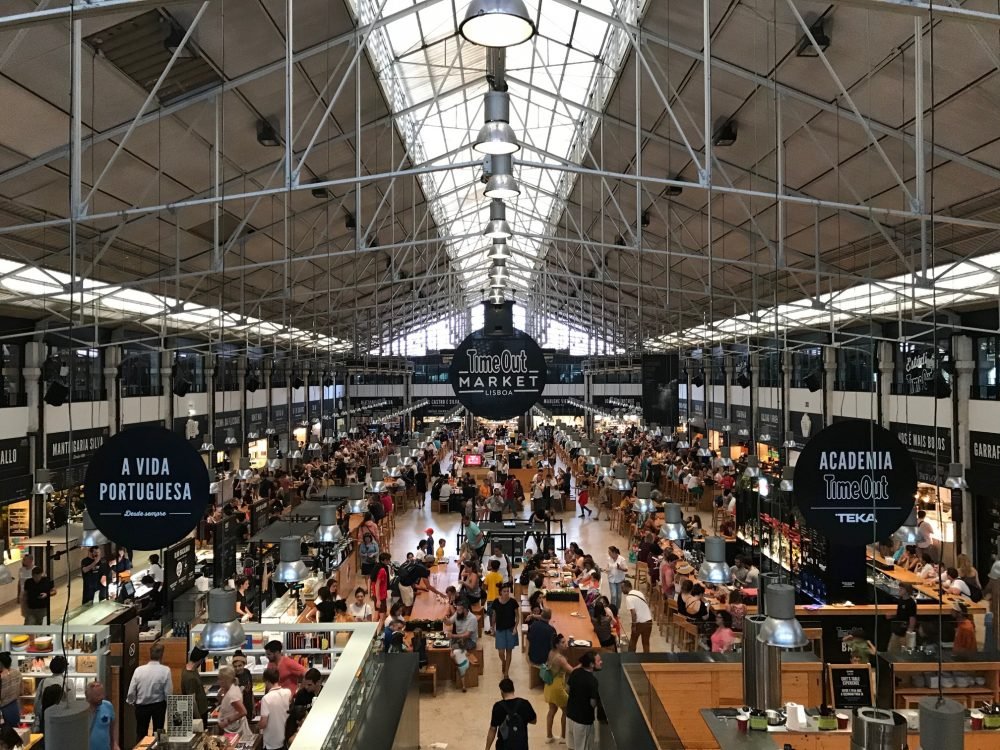
Calling all foodies! Portugal is a food-lovers’ delight. With so many dishes, pastries, desserts, and drinks to try out, I’m certain you’ll fall in love with Portuguese cuisine.
Some of the main dishes and pastries to savor include the famous Bacalhau à Brás (Cod Fish), which is virtually the national dish as well as the Pastel de Nata egg-yolk custard tarts.
When it comes to wines, Portugal is known world-over for its incredible selection of award-winning wines and Port wines. Make sure to try out the fresh and bubbly Vinho Verde (Green Wine). Or take a shot of the popular cherry liqueur called Ginjinha!
Particularly, when visiting Lisbon, I would highly recommend you go check out the TimeOut food market in the Cais do Sodré area. It’s a vibrant and busy food hall and market where you can sample a selection of both traditional as well as non-traditional foodie options too.
11. LGBTQ-friendly destination
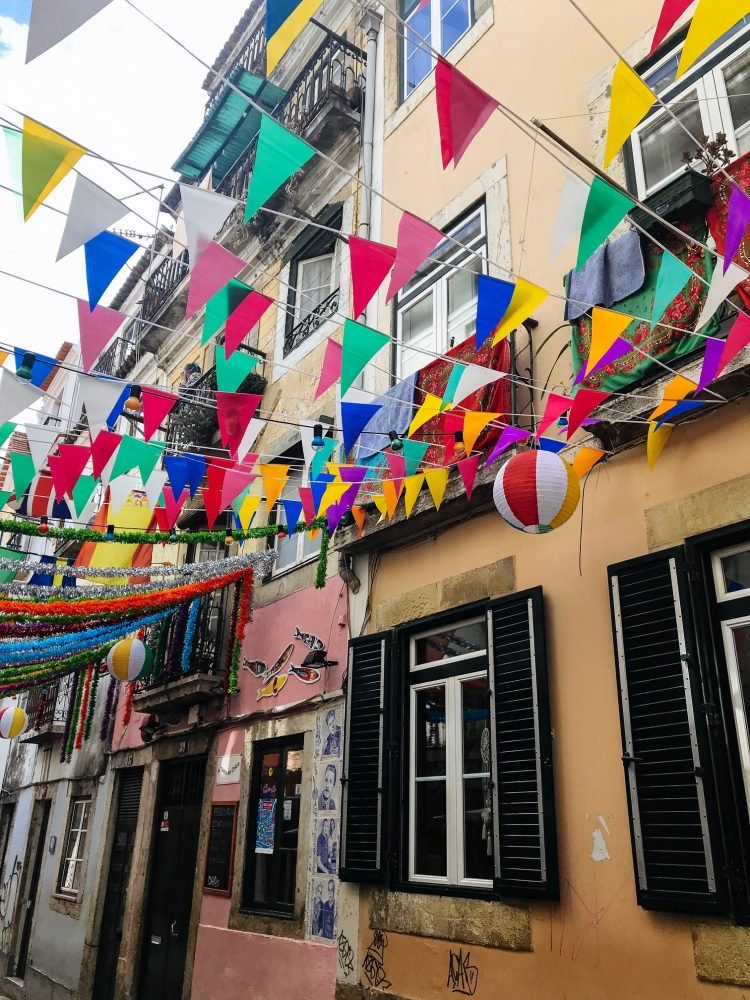
The Portuguese are warm, friendly, and very hospitable and will welcome you with open arms. Perhaps it’s this open-minded approach, especially in the cities, that has made Lisbon a top destination for LGBTQ travelers. In fact, Portugal is known to have some of the most progressive LGBTQ laws in the world.
In general, gay travelers will have no issue visiting Lisbon and should feel extremely safe and welcome.
12. Start-up and digital nomad hub
In the last couple of years, Lisbon has garnered somewhat of a reputation as being Western Europe’s new, up and coming start-up and digital nomad hub
Lisbon was thrust into the spotlight when the annual global technology conference, WebSummit, was hosted in Lisbon, which has also been announced as the official WebSummit home for the next couple of years.
Thanks to the relatively cheap cost of living, the fact that most Portuguese speak English, the fantastic weather, and overall balance of life, many expats and digital nomads have made Lisbon their home.
This has led to my co-working spaces popping up as well as various digital nomad meetups, events, and conferences being held in Lisbon.
13. Lisbon’s incredible views
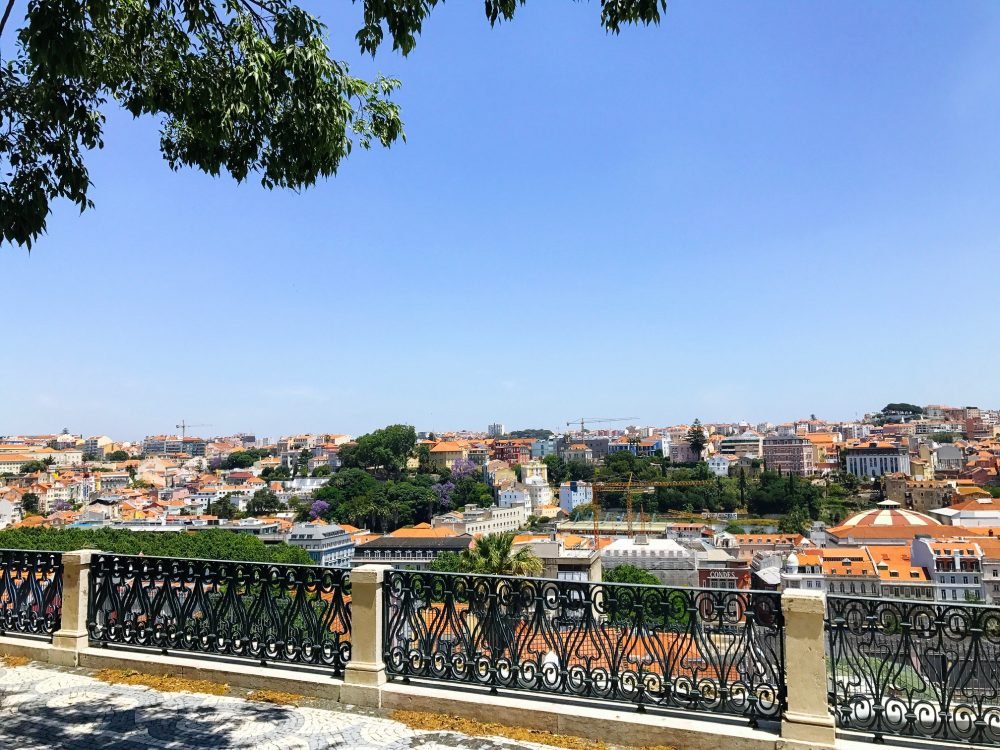
As already mentioned, Lisbon is a very hilly city. But this has the added advantage of offering up some of the most incredible views out over the city.
In fact, Lisbon is blessed with many ‘Miradouros’ (viewpoints) all over the city, from which you can enjoy gorgeous vistas out over the city and the river Tejo.
Of course, many restaurants and bars have taken advantage of these views too. So, when visiting Lisbon, be sure to head over to one of the many rooftop bars and restaurants such as Topo Chiado, Skybar, Rossio Gastro Bar and Park Bar to name but a few.
14. Amazing day trips from Lisbon
As I mentioned earlier, there is honestly so much to see and do in, as well as around Lisbon. If you’re planning an extended stay in Lisbon then you should absolutely embark on a day trip from Lisbon.
Thanks to a great rail and coach network, you can easily get to many of the quaint and charming towns and villages surrounding Lisbon. One in particular that should be top of your list in terms of day trips, should be to travel to magical Sintra from Lisbon.
The gorgeous town of Sintra used to be the summer residence of royalty and nobility at the time when Portugal still was a monarchy. Today, you can visit Sintra to admire the many palaces, manor houses, and castles that are found throughout Sintra.
Responsible Travel Tips for Lisbon
15. Hotels vs. Airbnb
Lisbon has experienced a revival of sorts in recent years. This is largely thanks to the many World Travel Awards the city and Portugal as a country has won, cementing Lisbon and Portugal as a top travel destination.
Both tourists and expats alike are flocking to Lisbon which has sadly caused somewhat of a housing crisis. Rental and Housing prices have skyrocketed in the last few years and so too the number of Airbnb properties.
Many foreign investors have snapped up properties in downtown Lisbon, refurbished them, and now rent them out on Airbnb.
In fact, in recent months the Portuguese government has put a halt on issuing new ‘Alojamento Local’ licenses (a license required to operate an accommodation establishment), due to the surge in Airbnb properties popping up.
This has resulted in many local Portuguese moving out of the city into the surrounding neighborhoods.
As such, I always suggest to friends visiting Lisbon to much rather consider booking into an already established hotel versus booking an Airbnb.
16. The truth about Tram 28
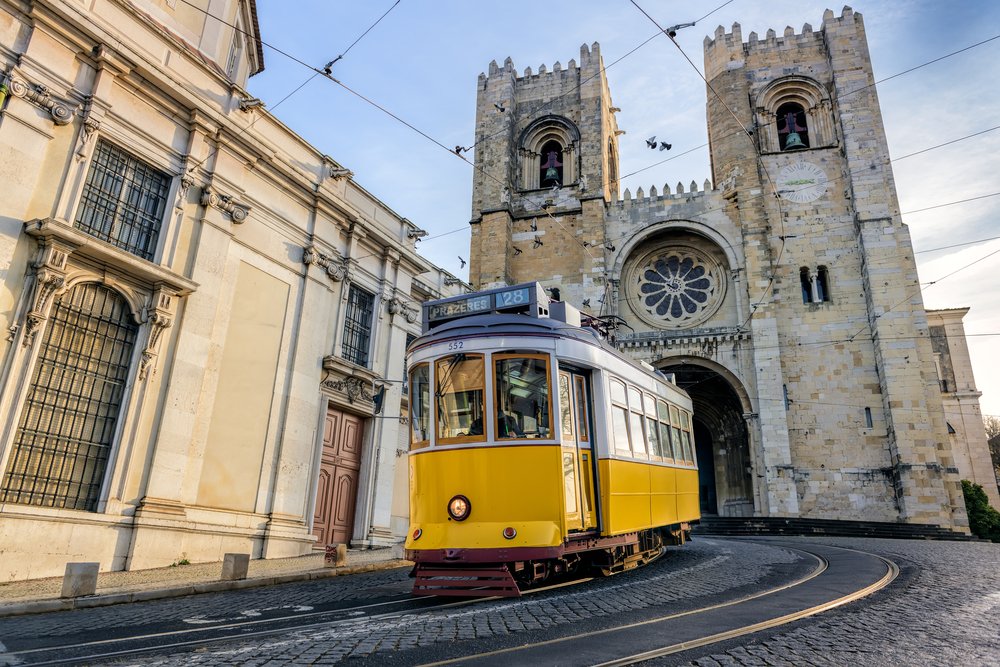
Lisbon’s yellow trams are undoubtedly one the most iconic shots you’ll get to see of the city. And one tram in particular has been gaining a lot of attention.
The Tram 28 that starts its route in the square in Martim Moniz has become a tourist hotspot with many bloggers and travel guides listing this as a top thing to do when visiting Lisbon.
But what many forget is that these trams actually do form part of Lisbon’s day to day public transport and the popularity of Tram 28 is causing major headaches for locals who rely on this tram to get around.
The situation has gotten so out of hand that it’s not uncommon to see a queue of tourists stretching several hundred meters line the start of the tram line. This has made it nearly impossible for locals to make use of this service in their day to day life.
As an alternative, rather consider booking one of official hop-on hop-off sightseeing bus tours, or even the paid red tram tour instead.
17. Buying Lisbon tiles
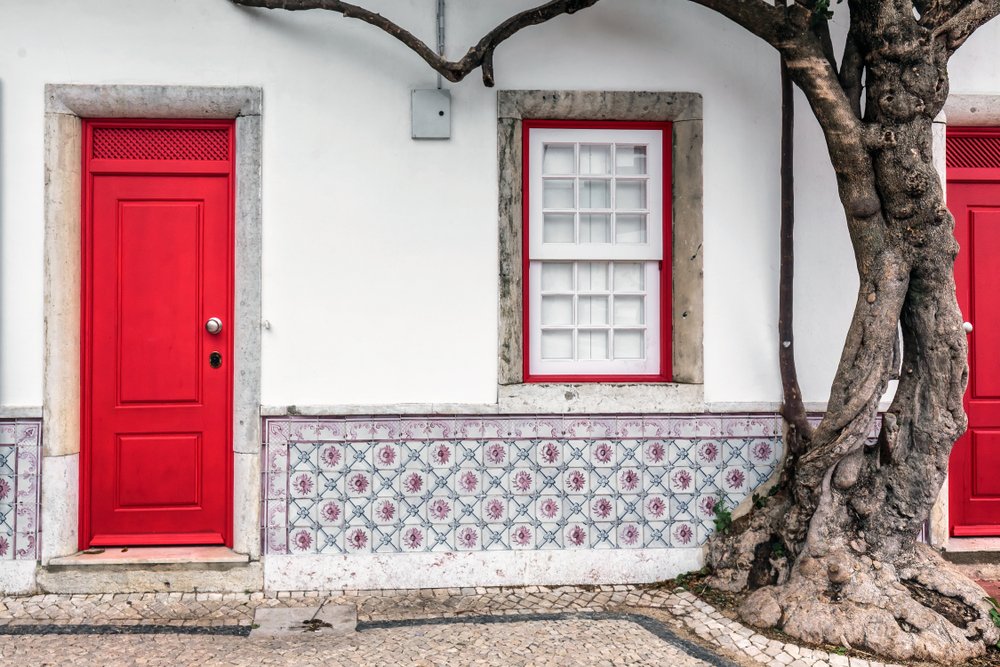
One of the features that many visitors to Lisbon, and in fact Portugal, fall in love with has to be the stunning traditional Portuguese tiles, known as Azulejos. These tiles that often adorn many of Lisbon’s buildings, come in an array of different colors, designs, and styles and are simply too gorgeous.
Visiting flea markets, such as the well-known Feira da Ladra market, you may be tempted to buy some of these tiles being sold by the various street vendors. But, be mindful that many of these are actually illegally stolen by being chopped off buildings and then sold at informal markets or flea markets.
If you do want to buy a beautiful Portuguese tile as a keepsake of your holiday to Portugal, then rather buy these at official and reputable stores.
In downtown Lisbon, you’ll find one such store that specializes in the production of traditional Portuguese tiles. This store, Cortiço & Netos, is located in 37D Rua Maria Andrade and is a great place to buy stunning traditional Portuguese tiles from.
18. Support the tascas and pastelarias – eat like a local
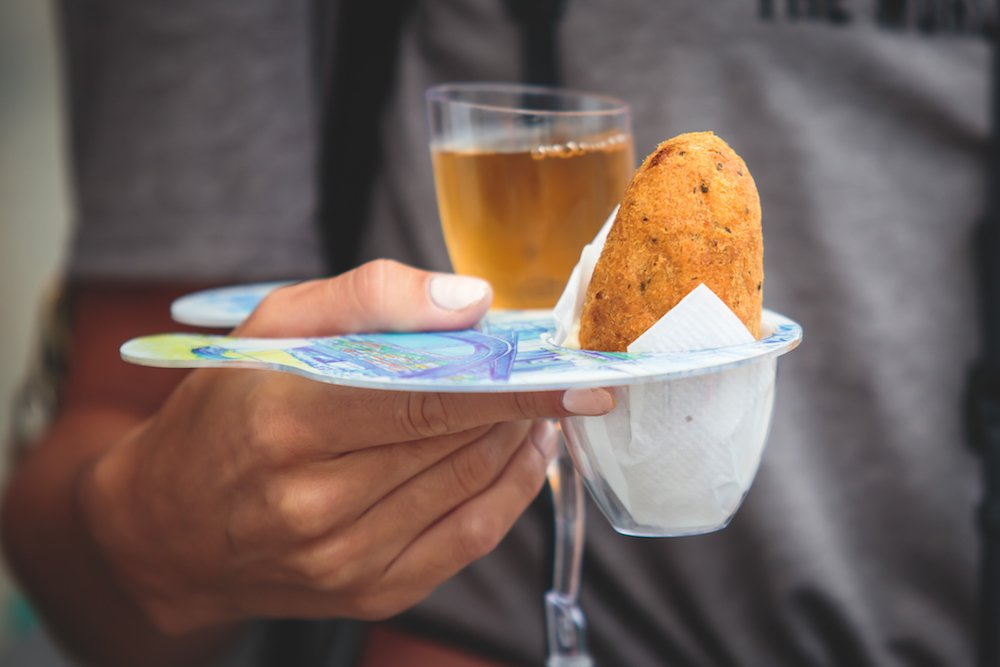
My last tip in terms of responsible and sustainable tourism practices relates to supporting local restaurants and bakeries in Lisbon. Around every corner, you’ll find a local bakery (known as a Pastelaria) or a local restaurant (known as a Tasca).
These are almost always family-run businesses that rely on the community’s support. Plus not only is the food proper traditional Portuguese fare, but they are often cheaper than your mainstream restaurants.
We’ve often eaten at our local Tasca and ordered the menu of the day (O menu do dia) that includes a soup, a main meal, and an espresso, all for under €10.
So, why not ditch the tourist traps and go eat where the locals eat. You won’t be disappointed!
Safety Tips for Lisbon
19. One of the safest cities in the world

According to the Global Peace Index rankings, Portugal is regarded as the 3rd safest country in the world. I can honestly say, in the last three years of living in Portugal, that I’ve never felt uneasy or unsafe.
Naturally speaking, any city will have its good and bad areas, and even in the 3rd safest city in the world, you may still encounter unpleasant incidents. But these are honestly few and far between.
The Portuguese police do take matters of crime very seriously and it’s not uncommon to see the police patrolling the party districts, such as Bairro Alto, late at night in order to keep the peace.
In the event that something does happen to you whilst visiting Portugal, you can report the incident at the local police station or you may also call the national emergency number which is 112. This is the general emergency number that connects you to both the police and ambulance services.
20. Pickpockets

Thankfully pickpockets are not too prevalent in Portugal as a whole – but in Lisbon, you should pay a little extra caution. It goes without saying that you should always guard your belongings and items of value when traveling to a new country.
In Lisbon in particular, the Tram 28 has become a pickpocket hotspot, due in large part to these trams often being jam-packed with tourists.
As such, when in cramped spaces such as the Tram 28, always be on the lookout for suspicious activity and make sure to guard your belongings.
While travel in Europe is safe, pickpocketing is a major issue. Thwart would-be pickpocketers with a chic, sleek backpack with double-interlocking zippers, slash-proof construction, & RFID blockers! I’ve carried this PacSafe backpack to 30+ countries with me, and it’s my #1 travel companion. Pick from one of seven colors — I have and love the classic black one!
21. Dealers
I have to admit, one of the most annoying features of Lisbon has to be the pesky dealers that you’ll encounter in the tourist hotspots.
These harmless dealers will often walk up to you offering to sell… substances, although it’s a known fact that they’re probably selling oregano and other herbs instead of actual substances to unsuspecting tourists.
However, all you have to do is to simply ignore them and continue walking and they’ll leave you be.
***
About the Author
Born and raised in South Africa, Marco Santos from Travel-Boo, together with his partner moved to sunny Lisbon over 2 years ago. With an absolute love for Europe, he is on a mission to rediscover his own Portuguese heritage along the way. Marco has set out to blog and share his passion for traveling through and exploring both Portugal and Spain (as well as throughout Europe) through his blog, Travel-Boo.
You can find him on social media on Facebook, Pinterest, and Twitter.
Pin This Guide to Visiting Lisbon for the First Time on Pinterest!

Allison Green is a former teacher who has been travel blogging since 2016. She has a Masters in Teaching and a B.A. in English and Creative Writing. Her blog posts merge her background as an educator with her experience traveling to 70+ countries to encourage ethical, meaningful travel. She has been a speaker at the World Travel Writers Conference and her writing, photography, and podcasting work has appeared in National Geographic, CNN Arabic, CBC Canada, and Forbes, amongst others. Now a full-time traveler, she has lived in Prague, Sofia, New York City, and the San Francisco Bay Area.
That looks like a fab trip! I’d not have thought of the highest observation at all, but it’s a great suggestion for getting some good budget-friendly tour.
Thanks Uzy! Lisbon is amazing!
Helpful tips for my first time travel to Lisbon this March. Thank you!
I hope you enjoy your trip to Lisbon! March is beautiful there!